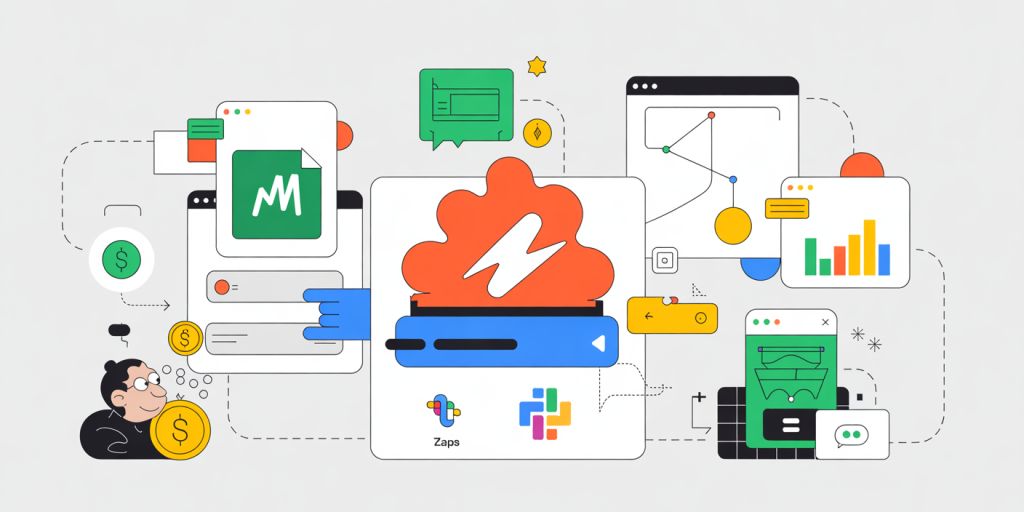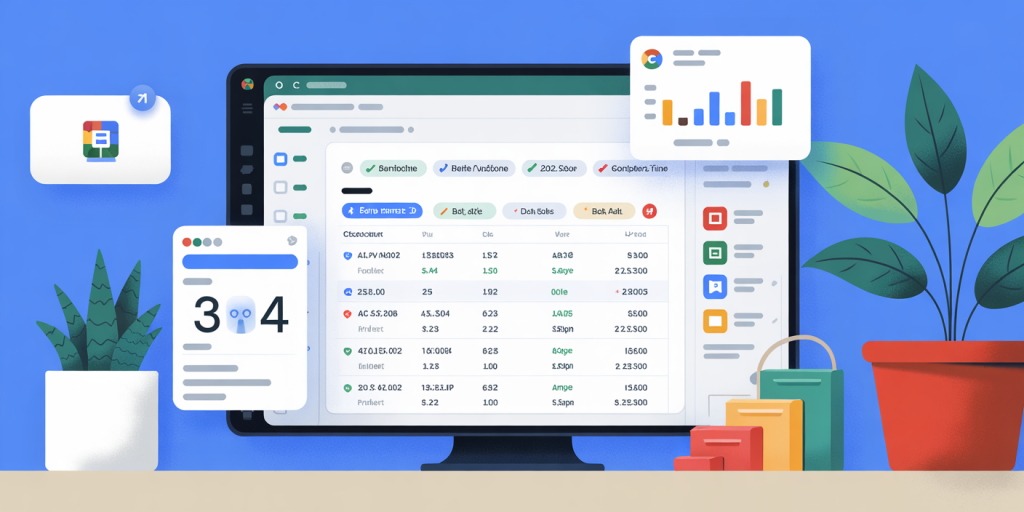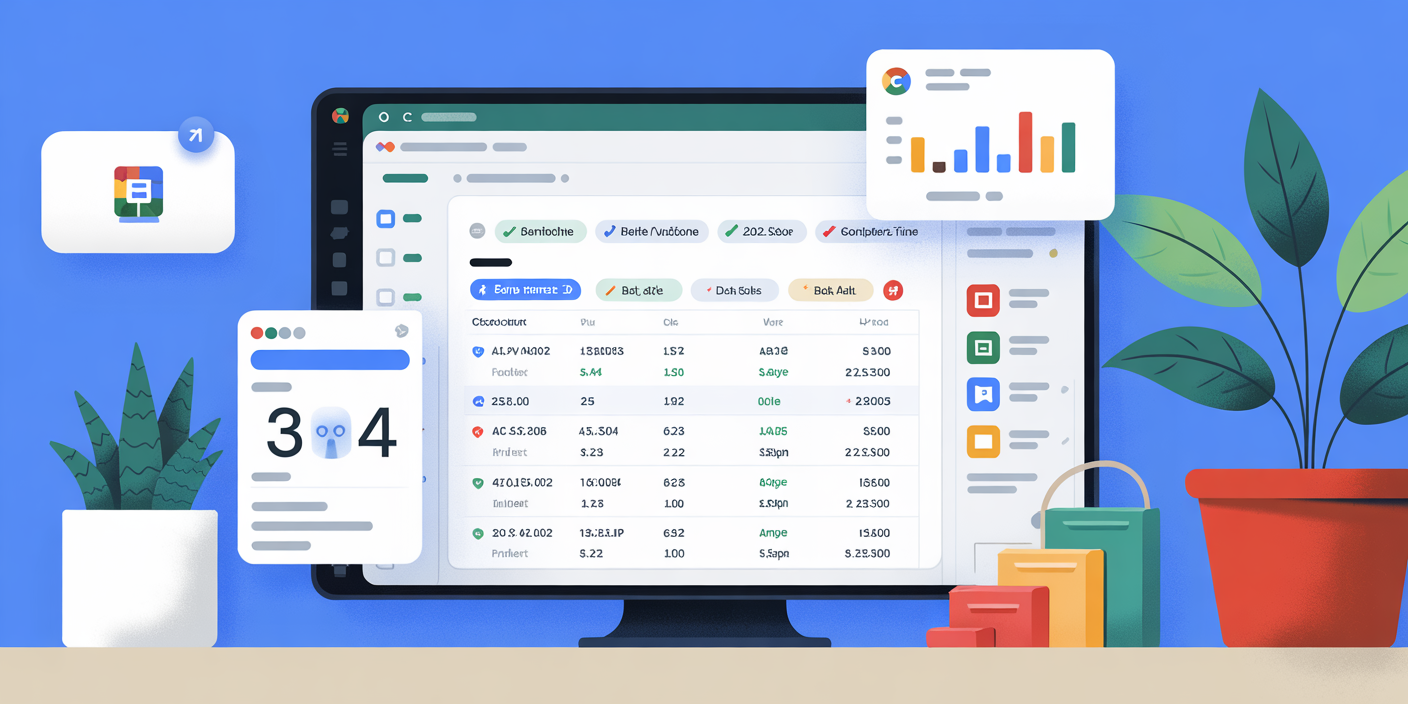Zapier Basics: Automating Repetitive Personal Finance Tasks
In today’s fast-paced world, managing personal finances can become cumbersome, especially when dealing with repetitive and time-consuming tasks such as tracking expenses, reconciling accounts, or generating monthly financial reports. Automation tools like Zapier are gaining traction as effective solutions to streamline these processes, improve accuracy, and free up valuable time. Zapier facilitates automation by connecting different apps and services to execute predefined workflows—called “Zaps”—without requiring coding skills. This article explores how Zapier can be utilized to automate repetitive personal finance tasks, providing practical examples, real cases, and strategic insights to maximize financial productivity.
Understanding Zapier and Its Potential in Personal Finance
Zapier is an online automation tool that enables workflows through seamless integrations between diverse applications. For example, it can connect a personal finance app, such as Mint or YNAB (You Need a Budget), with Google Sheets, email services, or communication platforms like Slack. By establishing triggers (events that initiate workflows) and actions (events performed automatically), users can automate periodic tasks that are essential but tedious.

According to a 2023 Deloitte report, individuals and small business owners spend an average of 2.5 hours weekly on routine financial management tasks. Zapier offers an opportunity to reclaim much of this time by automating tasks like transaction entry, bill reminders, or savings goal tracking. For instance, automating the import of bank transactions into a spreadsheet prevents human errors commonly associated with manual entry, which financial experts estimate can save up to 20% of the time spent reconciling accounts.
Automating Expense Tracking and Categorization
One of the most repetitive tasks in personal finance management is tracking expenses, which often involves exporting data from financial institutions and manually categorizing transactions. With Zapier, this process can be simplified significantly. By connecting bank or credit card accounts (via apps that support integration, such as Plaid or Tiller Money) to Google Sheets, users can automate the flow of transaction data into a centralized location.

For example, a Zap can be configured to monitor new transactions from a bank API and automatically add them as rows in a spreadsheet. Then, using conditional formatting and formulas, the spreadsheet categorizes expenses such as groceries, utilities, or entertainment. These categories can trigger further automation—such as receiving weekly email summaries of overspending or setting alerts if a category exceeds a budget limit.
This automation not only enhances accuracy but also offers real-time insights. A survey by Intuit revealed that 60% of users who automate expense tracking report better financial discipline and savings outcomes. The ability to receive immediate feedback on spending patterns encourages more mindful budgeting.
Streamlining Bill Payment Reminders and Tracking
Missed or late payments are a common pitfall that can negatively affect credit scores and lead to unnecessary fees. Automating bill payment reminders through Zapier ensures timeliness and reduces stress. By integrating calendar applications like Google Calendar with email or SMS services, users can configure reminders well in advance.

A practical example includes creating a Zap that automatically scans upcoming bills on a service like Prism or Bill.com and triggers reminder notifications via Gmail or SMS apps such as Twilio, customized with specific payment details and due dates. This proactive approach reduces the likelihood of overdue payments.
Furthermore, tracking payments post-reminder can be automated. By linking payment confirmation emails from banks or payment services like PayPal to a Google Sheet, users can maintain a running log of paid and pending bills. This transparent tracking system eliminates guesswork and facilitates better cash flow management.
Generating Automated Financial Reports and Summaries
Consistent financial reporting helps individuals maintain clarity on their fiscal health. However, compiling monthly or quarterly reports often requires collecting data from multiple sources and formatting it appropriately—a process that can take hours.
Zapier can automate the aggregation and formatting of financial data into reports. For example, a user can build a workflow pulling transactions from multiple apps into a dashboard on Google Data Studio or Excel via integrations, which then automatically generates visual charts and summaries each month. Scheduled emails deliver these reports directly to users or financial advisors.
Real-world adoption of such automated reporting systems showcases impressive efficiency gains. A case study conducted by a fintech startup revealed that automating financial report generation reduced manual labor by 75%, while improving report accuracy by 30%. Detailed reports empower users to make data-driven decisions such as reallocating funds or identifying unnecessary expenses.
| Feature | Manual Reporting | Zapier Automated Reporting |
|---|---|---|
| Time Spent per Report | 3-4 hours | Under 1 hour |
| Accuracy (Error Rate) | 85-90% | 98-99% |
| Frequency | Monthly/Quarterly | Automated Scheduling Options |
| User Intervention Needed | High | Low |
Simplifying Investment Tracking and Alerts
Investment portfolios require ongoing monitoring to balance risk, ensure rebalancing, and track performance. Automating elements of this process not only saves time but also enhances responsiveness to market changes.
Investors can set up Zaps to pull portfolio data from apps like Robinhood, E*TRADE, or Personal Capital into spreadsheets or Slack channels. Zapier can also monitor changes in market prices via financial data APIs and trigger alerts when specific thresholds are crossed.
For example, if a stock’s price drops below a user-defined value, an automatic notification can be sent via email or messaging platforms, prompting timely decisions about buying, selling, or holding. This automated vigilance helps investors avoid emotional biases and improves risk management.
An important statistic: A 2022 survey by Charles Schwab found that 48% of retail investors who use automated alerts reported higher portfolio satisfaction and responsiveness. Integrating Zapier’s workflow capabilities into investment tracking is a low-cost strategy with significant benefits.
The Future of Personal Finance Automation with Zapier
Looking forward, automation in personal finance is poised to become more intelligent and personalized. Advances in artificial intelligence (AI) combined with platforms like Zapier will enable predictive analytics, automatically adjusting budgets based on spending trends or financial goals without user input.
Integration with emerging fintech solutions using APIs will also broaden the possibilities. For example, decentralized finance (DeFi) applications could be linked with Zapier for automated portfolio diversification or yield farming strategies. Additionally, voice-activated personal finance management via virtual assistants is an anticipated evolution, allowing users to interact with and control financial automation through natural commands.
Security and privacy will remain a critical focus in this growth trajectory. Enhanced encryption, user control over data permissions, and transparent automation workflows will be vital to maintaining trust. As consumer confidence strengthens, personal finance automation adoption is expected to accelerate dramatically.
In conclusion, Zapier’s ability to automate and integrate diverse apps makes it a powerful tool for managing and optimizing repetitive tasks in personal finance. From expense tracking to investment alerts, the time saved and accuracy achieved represent compelling benefits. Embracing these automation workflows positions individuals to take greater control of their financial futures with less effort and more precision.
